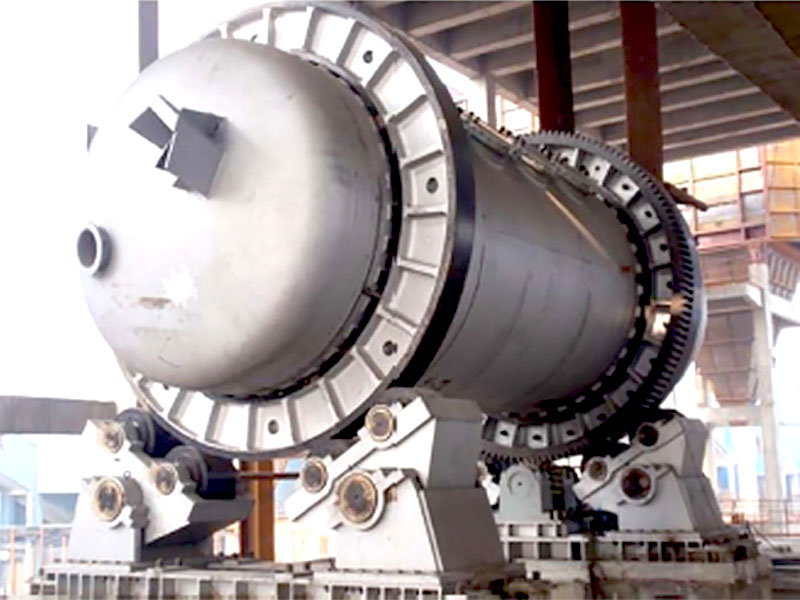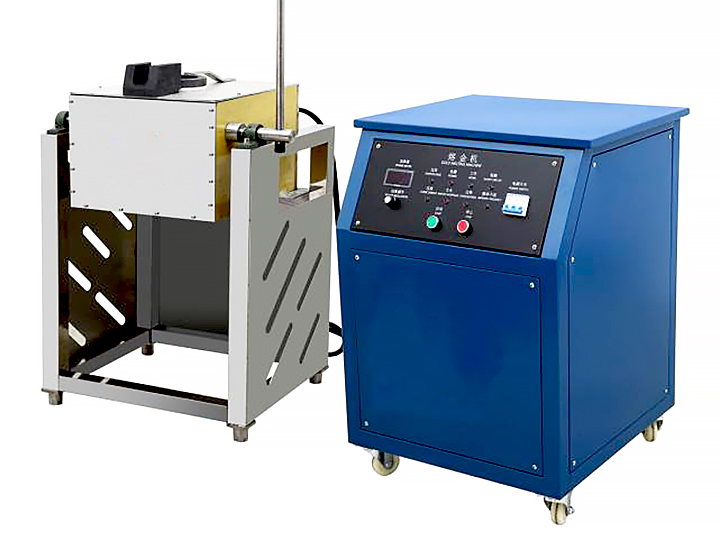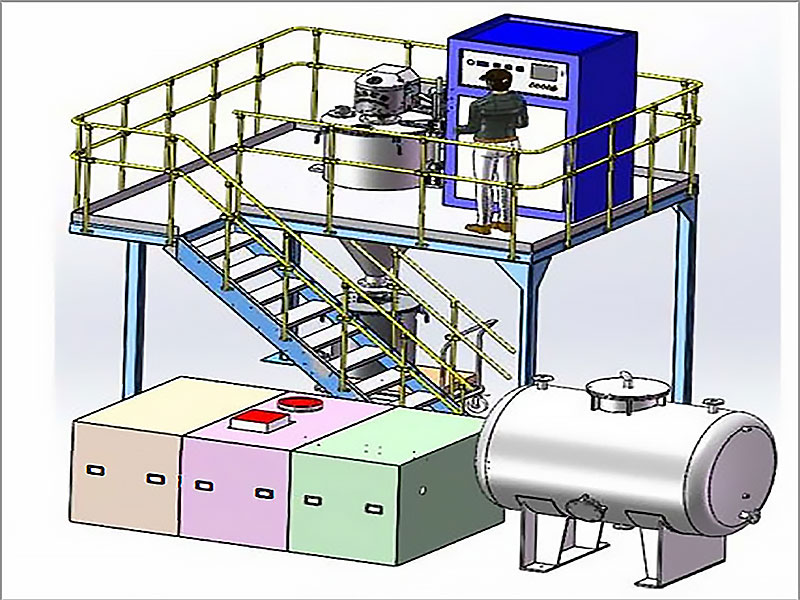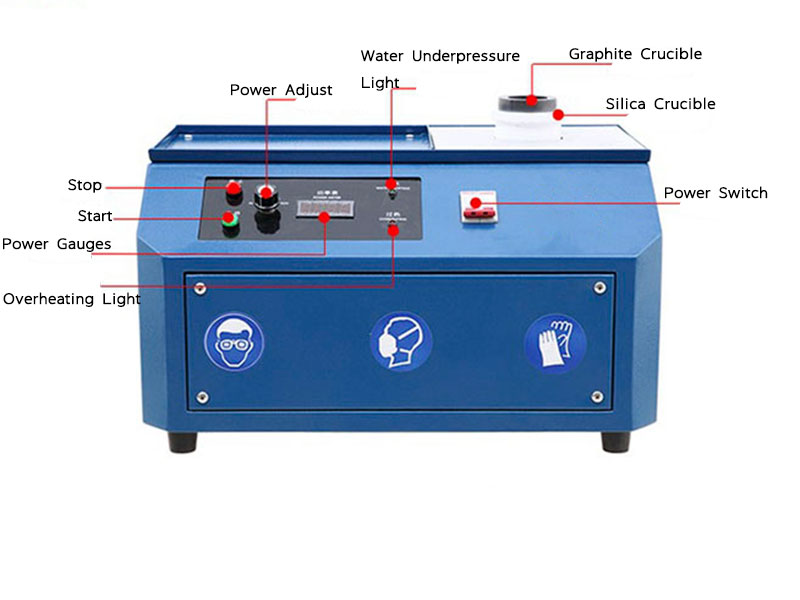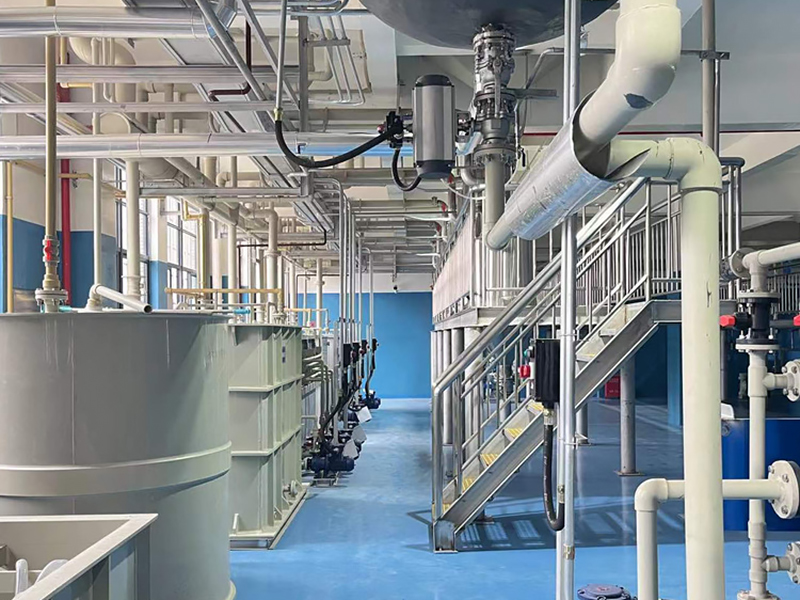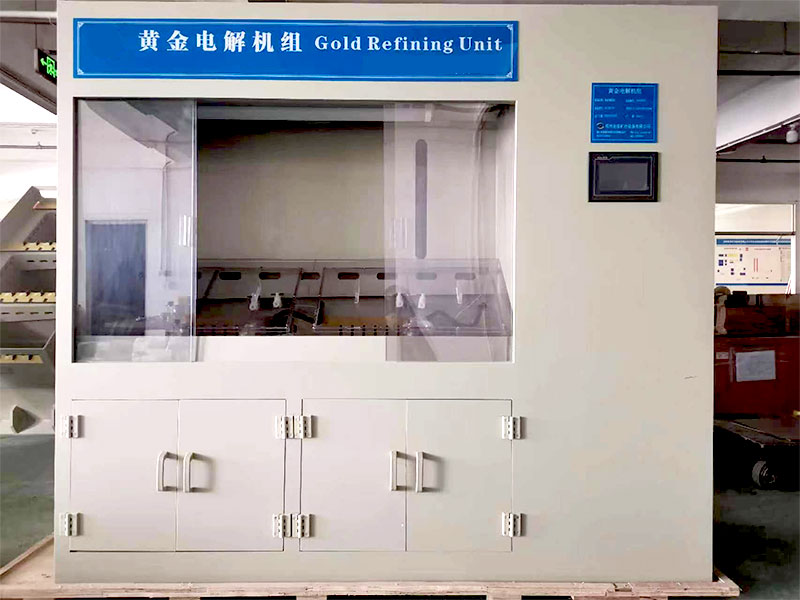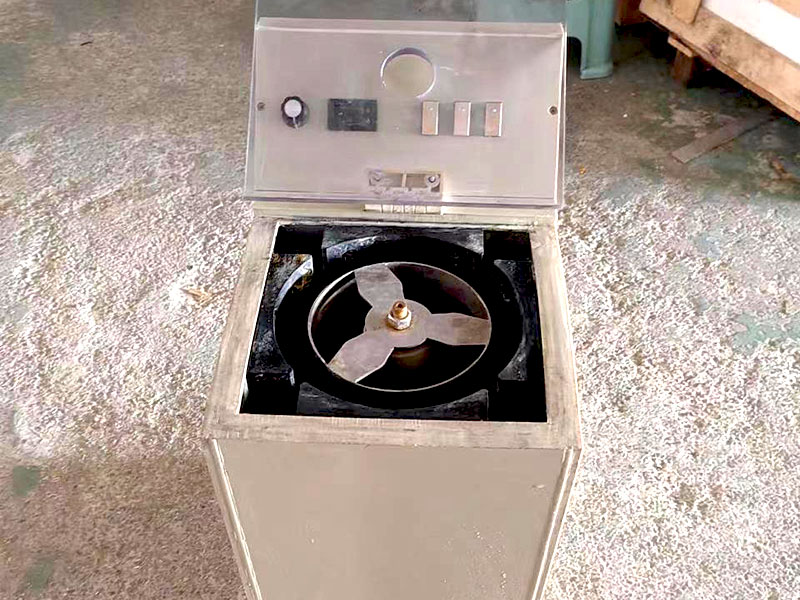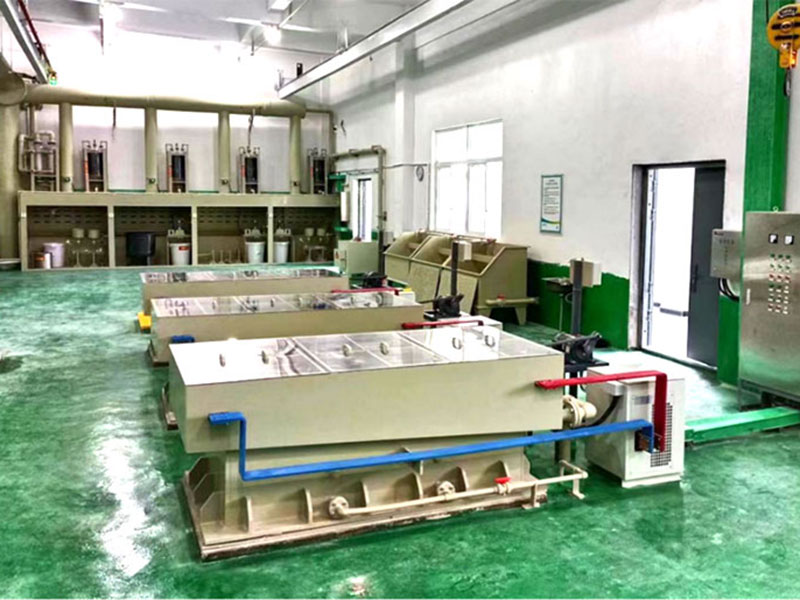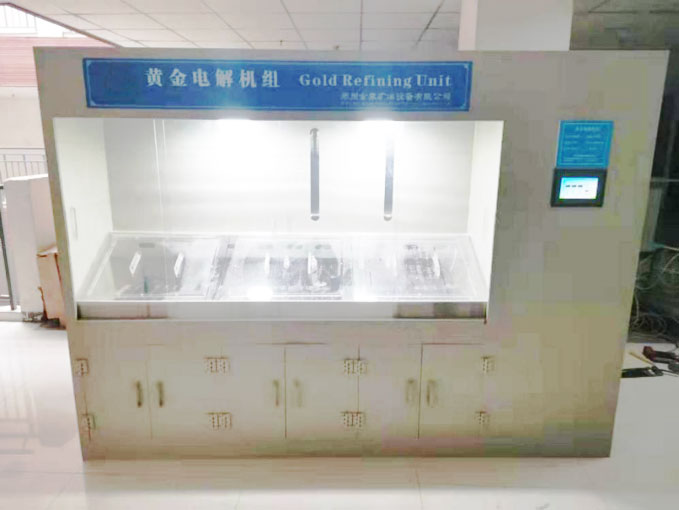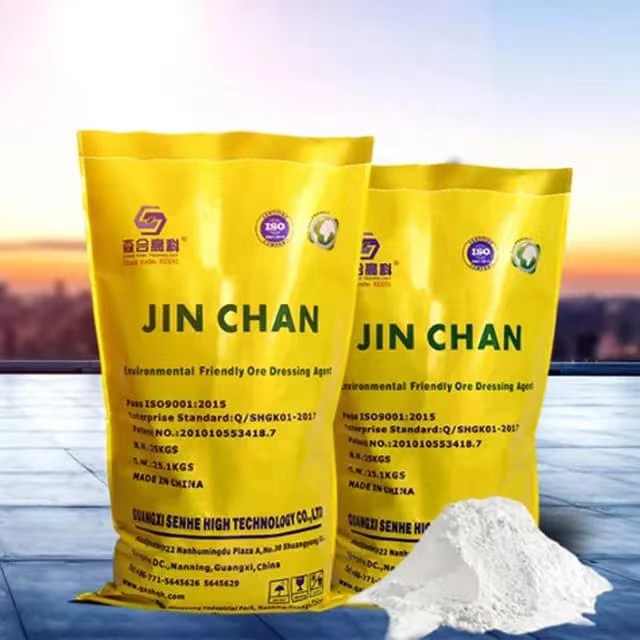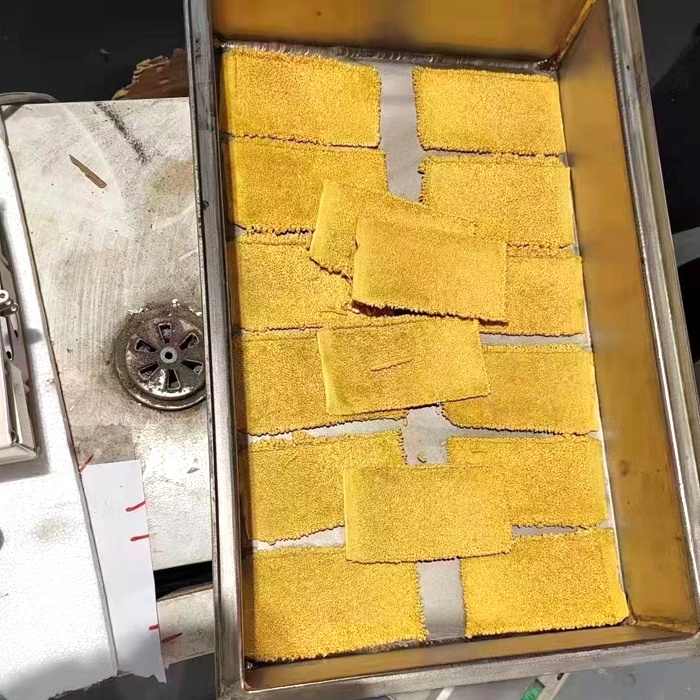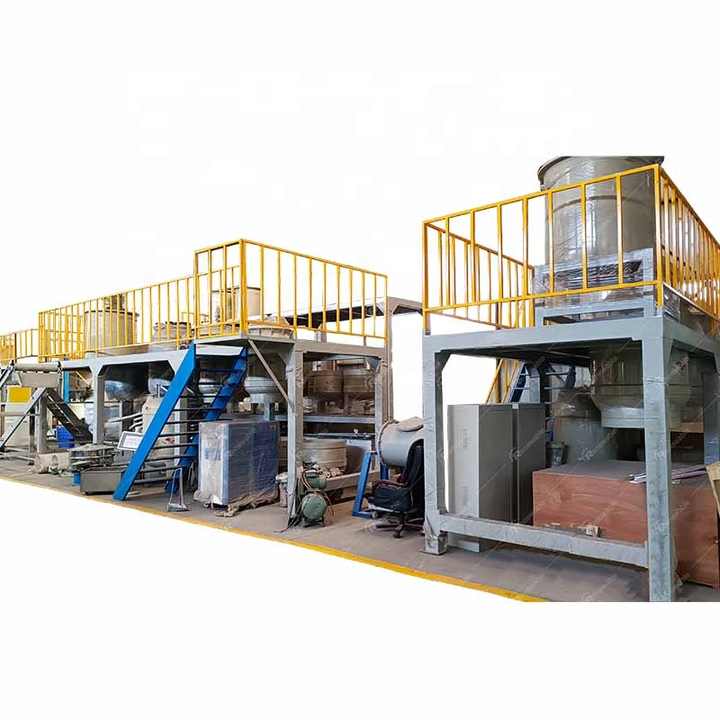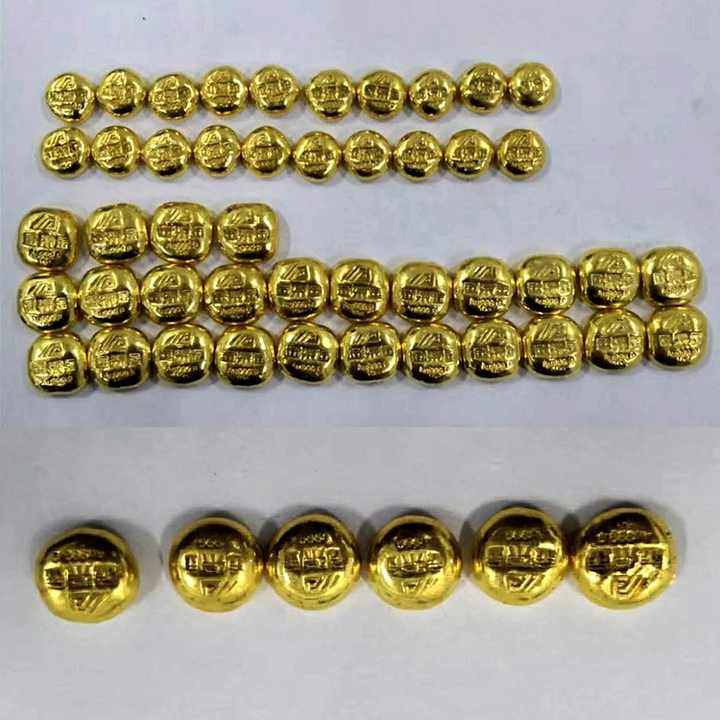gold refining processes
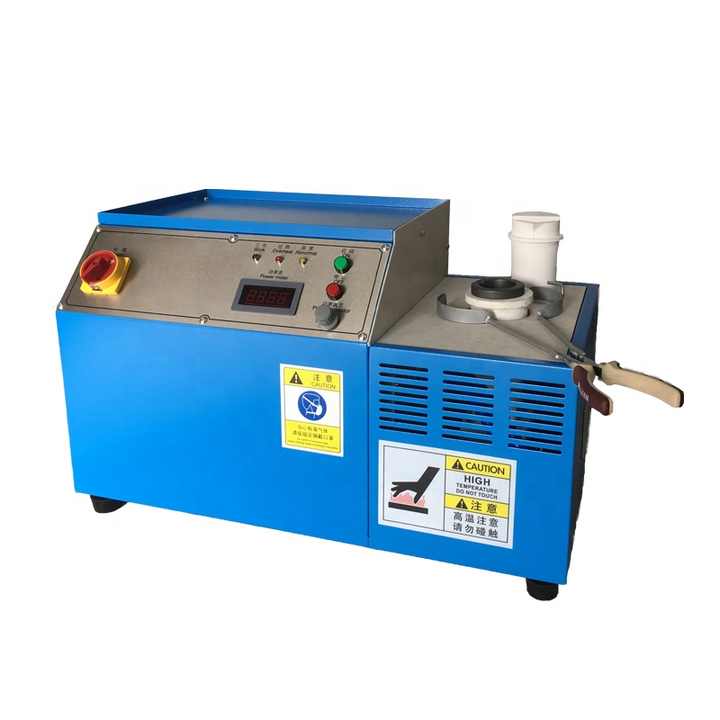

Gold Refining Processes Techniques for Purity
The gold refining processes are crucial to transforming raw gold into high-purity, usable material. These methods vary from ancient traditional techniques to modern-day advanced chemical and mechanical procedures. This article will delve into the various gold refining processes, their history, and their significance in industries ranging from jewelry to electronics.
1. The Importance of Gold Refining Processes
Gold found in nature is rarely pure. It is usually alloyed with other metals such as silver, copper, or lead. The goal of refining is to purify the gold to achieve the desired level of purity for specific applications. The gold refining processes are essential in industries like investment, jewelry making, and manufacturing, where the quality and purity of the gold determine its value and use.
2. Traditional Gold Refining Processes
2.1. Cupellation
One of the oldest gold refining processes is cupellation, a technique used for separating gold and silver from lead. This process involves heating the ore to a high temperature and blowing air over it. The base metals oxidize and are absorbed by the cupel, leaving the pure gold or silver behind.
2.2. Fire Assaying
Fire assaying is another traditional method that has been used for centuries to assess the purity of gold. In this process, the gold is melted, and any non-metallic impurities are burned off. The gold is then weighed to determine its purity.
3. Modern Gold Refining Processes
As technology advanced, so did gold refining processes, resulting in more efficient and precise methods for obtaining high-purity gold.
3.1. The Miller Process
The Miller process is a fast and straightforward method for refining gold. In this process, chlorine gas is passed through molten gold. The chlorine reacts with the impurities to form chlorides, which rise to the surface and can be skimmed off, leaving pure gold behind.
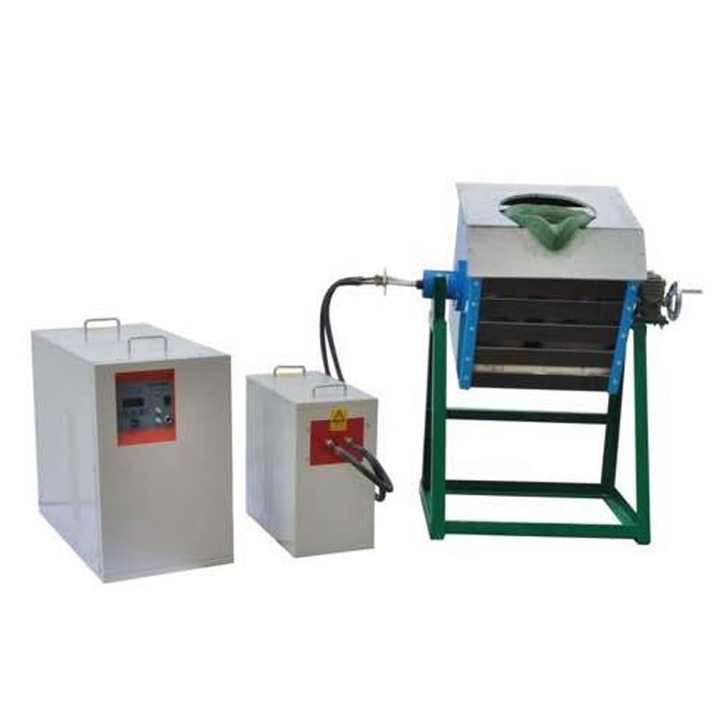
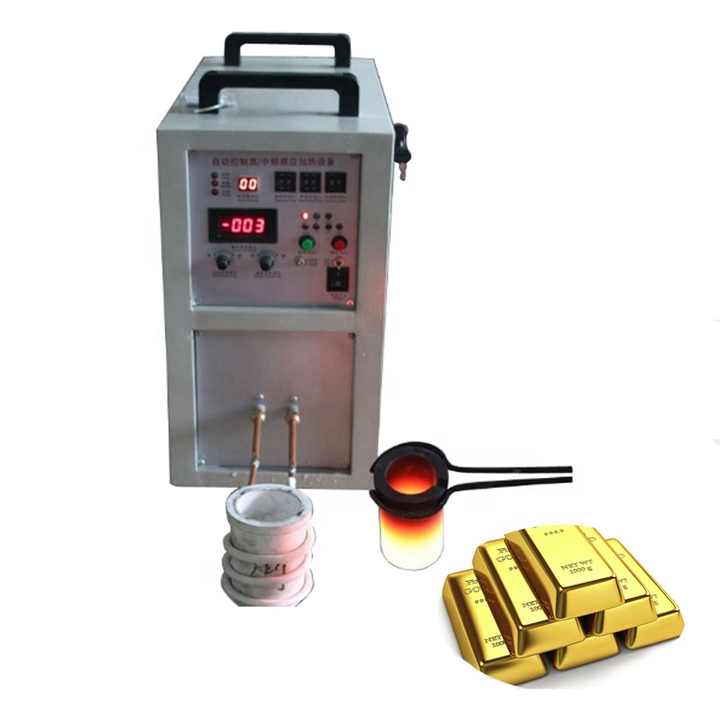
Advantages of the Miller Process
The Miller process is faster than many other methods and is effective at removing a wide range of impurities. However, it typically only refines gold to about 99.5% purity, meaning further refinement is sometimes needed.
3.2. The Wohlwill Process
For higher purity levels, the Wohlwill process is often used. This is an electrolytic process where an impure gold bar is used as the anode in an electrolyte solution. As electricity passes through, pure gold is deposited on the cathode, while impurities fall away.
Benefits of the Wohlwill Process
The Wohlwill process can refine gold to 99.999% purity, making it ideal for industries requiring extremely high-purity gold, such as electronics and pharmaceuticals.
3.3. Aqua Regia Process
The Aqua Regia process uses a mixture of nitric and hydrochloric acid to dissolve gold, separating it from other metals and impurities. This method is widely used in laboratories for small-scale refining.
How Aqua Regia Works
In the Aqua Regia process, gold is dissolved in the acid mixture. The impurities are removed by filtration, and the gold is then precipitated out of the solution by adding a reducing agent.
3.4. Electrolytic Refining
Electrolytic refining is another commonly used technique in modern gold refining processes. It uses an electric current to dissolve the impure gold in a chemical bath. The pure gold is then deposited on an electrode, while the impurities remain in the solution.
Applications of Electrolytic Refining
This method is highly efficient and produces gold with a purity of 99.99%. It is widely used in both large-scale industrial applications and smaller operations focused on investment-grade gold.
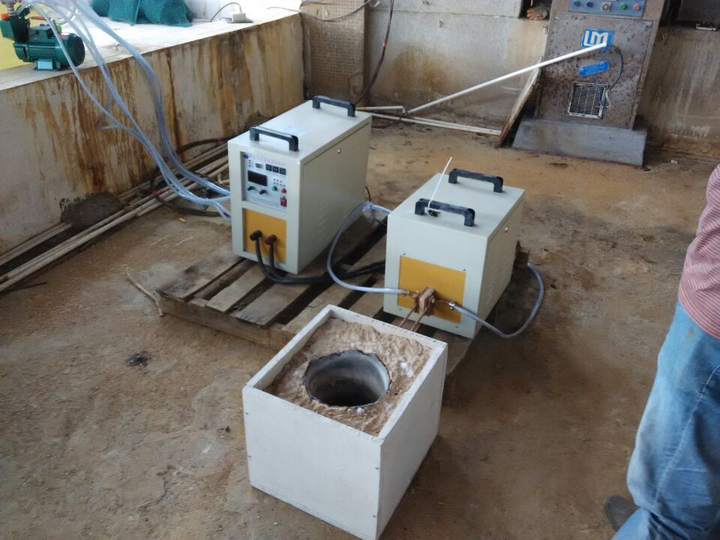
4. Chemical Refining of Gold
Several chemical processes are integral to modern gold refining. These processes ensure precision and help extract gold even from complex ores.
4.1. Cyanidation
Cyanidation is a chemical process that uses cyanide to extract gold from low-grade ore. The ore is treated with a cyanide solution, which dissolves the gold. The gold is then extracted from the solution using activated carbon or zinc.
Environmental Concerns with Cyanidation
Though cyanidation is an effective method, it raises environmental concerns due to the toxic nature of cyanide. Many gold refining facilities must implement strict environmental controls to minimize the impact of this process.
4.2. Acid Leaching
Acid leaching is another chemical method that involves using acids like hydrochloric acid or sulfuric acid to dissolve gold from the ore. This method is effective for separating gold from base metals and other impurities.
5. Environmental Considerations in Gold Refining
As awareness of environmental issues has grown, the gold refining processes have also evolved to minimize their environmental impact.
5.1. Recycling in Gold Refining
One way to reduce the environmental footprint of gold refining is through recycling. Many gold refiners now recover gold from old jewelry, electronics, and other sources, reducing the need for mining and the associated environmental damage.
5.2. Reducing Chemical Waste
New technologies are being developed to reduce the amount of toxic waste produced during the refining process. These include using alternative chemicals that are less harmful to the environment and improving methods for disposing of hazardous materials.
6. Future of Gold Refining Processes
As technology continues to advance, the future of gold refining processes looks promising. New techniques that increase efficiency while reducing environmental impact are being researched and implemented worldwide.
6.1. Sustainable Refining Methods
Sustainable practices, such as using renewable energy sources and closed-loop systems for waste management, are becoming more prevalent in the gold refining industry. These practices help ensure that the refining process becomes more eco-friendly.
6.2. Automation and AI in Gold Refining
Automation and artificial intelligence are also making their way into the gold refining industry. These technologies increase the precision of refining processes and reduce the risk of human error, leading to higher purity and better-quality products.
7. Conclusion
The gold refining processes have evolved significantly from ancient times to modern-day practices. While traditional methods like cupellation and fire assaying are still in use, more advanced techniques such as the Miller process, Wohlwill process, and electrolytic refining offer greater efficiency and higher purity levels. As technology continues to advance, the gold refining industry will continue to develop more environmentally friendly and efficient methods for obtaining pure gold.

